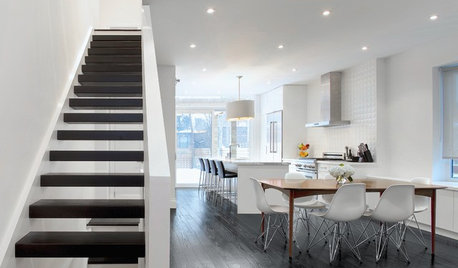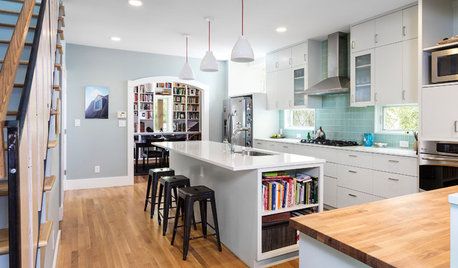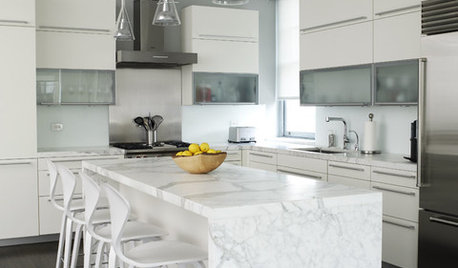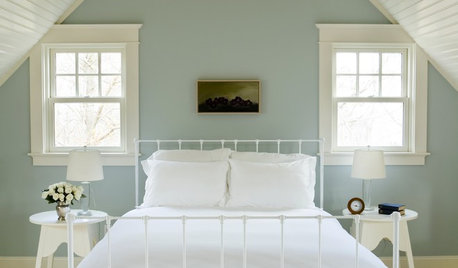Laminate countertop woes - pls help!
Debbie Downer
15 years ago
Related Stories

REMODELING GUIDESWisdom to Help Your Relationship Survive a Remodel
Spend less time patching up partnerships and more time spackling and sanding with this insight from a Houzz remodeling survey
Full Story
COLORPick-a-Paint Help: How to Create a Whole-House Color Palette
Don't be daunted. With these strategies, building a cohesive palette for your entire home is less difficult than it seems
Full Story
KITCHEN DESIGNTrending Now: 25 Kitchen Photos Houzzers Can’t Get Enough Of
Use the kitchens that have been added to the most ideabooks in the last few months to inspire your dream project
Full Story
MOST POPULAR15 Remodeling ‘Uh-Oh’ Moments to Learn From
The road to successful design is paved with disaster stories. What’s yours?
Full Story
HOUZZ TOURSMy Houzz: New Life for a Dilapidated Cape Cod
Neutral colors, classic furnishings and coastal touches outfit a floral designer and her husband’s Massachusetts home
Full Story
HOUZZ TOURSMy Houzz: High End Meets Budget Friendly in Toronto
Splurging selectively and saving elsewhere, a Canadian family gets a posh-looking home that matches their vision
Full Story
MOST POPULAR6 Kitchen Flooring Materials to Boost Your Cooking Comfort
Give your joints a break while you're standing at the stove, with these resilient and beautiful materials for kitchen floors
Full Story
REMODELING GUIDESCarrara vs. Calacatta Marble: What Is the Difference?
The answer is in the color and veining of these popular Italian marbles
Full Story
MOST POPULARFrom the Pros: How to Paint Kitchen Cabinets
Want a major new look for your kitchen or bathroom cabinets on a DIY budget? Don't pick up a paintbrush until you read this
Full Story
COLOR12 Tried-and-True Paint Colors for Your Walls
Discover one pro designer's time-tested favorite paint colors for kitchens, baths, bedrooms and more
Full Story








User
Debbie DownerOriginal Author
Related Professionals
Crestline Cabinets & Cabinetry · Hanover Park Cabinets & Cabinetry · Birmingham Carpenters · Cypress Carpenters · Garfield Heights Flooring Contractors · Kirkland Flooring Contractors · Mission Viejo Flooring Contractors · Monroe Flooring Contractors · Pittsburg Flooring Contractors · Raleigh Flooring Contractors · Temple Terrace Flooring Contractors · Manhattan Furniture & Accessories · Toledo Furniture & Accessories · Discovery Bay Furniture & Accessories · Eureka Furniture & Accessoriesbobismyuncle
Jon1270
User
aidan_m
Debbie DownerOriginal Author
Jon1270
aidan_m
Debbie DownerOriginal Author
aidan_m
justnigel